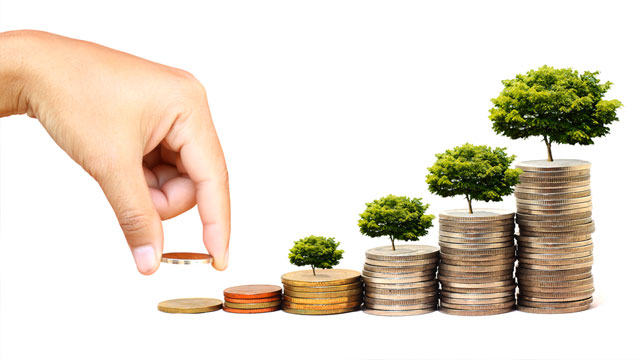Related Flashcards
Related Topics
Cards In This Set
| Front | Back |
|
1. The ultimate objective of macroeconomics is to
a.
reduce the unemployment rate
b.
stabilize the economy's growth rate
c.
develop and test theories about how the overall economy works
d.
improve the international competitiveness of the U.S. financial markets
e.
maximize the efficiency of government intervention in the marketplace
|
C
|
|
2. Which of the following statements regarding Gross Domestic Product is not true?
a.
It is a stock variable.
b.
It is measured for a particular time period, usually one year.
c.
It is perhaps the most effective means of viewing the same economy over time.
d.
It is a measure of the economy's performance.
e.
It is a flow variable, not a stock variable.
|
A
|
|
3. Which of the following is a stock variable?
a.
business spending on capital equipment
b.
consumer income
c.
the federal government's debt
d.
the federal government's budget deficit
e.
total expenditure
|
C
|
|
4 Which of the following best describes a flow (rather than a stock)?
a.
you own $5,000 worth of government bonds
b.
you own a $100,000 house
c.
you own a coin collection valued at $10,000
d.
you earn $500 per week
e.
you own a $45,000 automobile
|
D
|
|
5. While economic expansions average about three and one half years in duration, economic contractions average about
a.
one year in duration
b.
two years in duration
c.
three years in duration
d.
four years in duration
e.
five years in duration
|
A
|
|
6. A recession is best defined as a period during which
a.
the percentage of the population employed is declining
b.
employment, output, and income decline
c.
the price level is declining
d.
more resources are used
e.
the budget deficit and trade deficfit are both growing
|
B
|
|
7. Long-term growth in production can be partially explained by
a.
trade surpluses that lead to accumulations of precious metals
b.
a gradual but consistent increase in the price level
c.
general optimism about the future and the pioneering spirit of America
d.
improvements in technology
e.
federal government budget deficits
|
D
|
|
8. A period of sustained growth of output in the economy is referred to as a(n)
a.
Expansion
b.
Contraction
c.
Peak
d.
Trough
e.
Recession
|
A
|
|
9. A period of sustained decline of output in the economy is known as a(n)
a.
Expansion
b.
growth phase
c.
Peak
d.
Trough
e.
Contraction
|
E
|
|
10. By a leading economic indicator, economists mean
a.
an indicator of future economic activity
b.
an indicator that measures current economic activity
c.
a highly accurate indicator that is easily measured
d.
an indicator that is accurate most of the time
e.
any variable that can measure either past or present economic activity
|
A
|
|
11. When economists refer to the economy’s price level, they mean
a.
the rate of inflation
b.
the price of goods and services relative to consumers' incomes
c.
a general measure of prices of all goods and services
d.
a period of level, or steady, prices
e.
the prices of a specific consumer good
|
C
|
|
12 Which of the following explains why the aggregate demand curve slopes downward?
a.
If the price level increases, we feel poorer and therefore buy less.
b.
If the price level increases, we feel richer and therefore buy more.
c.
If domestic prices increase, we substitute domestic goods for imported ones.
d.
If the price of a particular good increases, we substitute away from that good.
e.
A decrease in the price of a particular good is like an increase in income and therefore we buy more.
|
A
|
|
13 Which of the following is true of the aggregate supply curve?
a.
It portrays an inverse relationship between the price level and quantity of aggregate output.
b.
Resource utilization is constant along the curve.
c.
A decrease in the price level encourages firms to expand production because the cost of production decreases.
d.
The curve is upward-sloping.
e.
As average prices in the United States rise relative to average prices in other countries, U.S. producers find export markets more attractive than domestic markets.
|
D
|
|
14. An increase in the price level will cause
a.
an increase in the quantity of aggregate output supplied
b.
a decrease in the quantity of aggregate output supplied
c.
a leftward shift of the aggregate supply curve
d.
a rightward shift of the aggregate supply curve
e.
a leftward or rightward shift of the aggregate supply curve, depending on the reason for the price change
|
A
|
|
15. A decrease in the price level will cause
a.
an increase in the quantity of aggregate output supplied
b.
a decrease in the quantity of aggregate output supplied
c.
a leftward shift of the aggregate supply curve
d.
a rightward shift of the aggregate supply curve
e.
a leftward or rightward shift of the aggregate supply curve, depending on the reason for the price change
|
B
|






